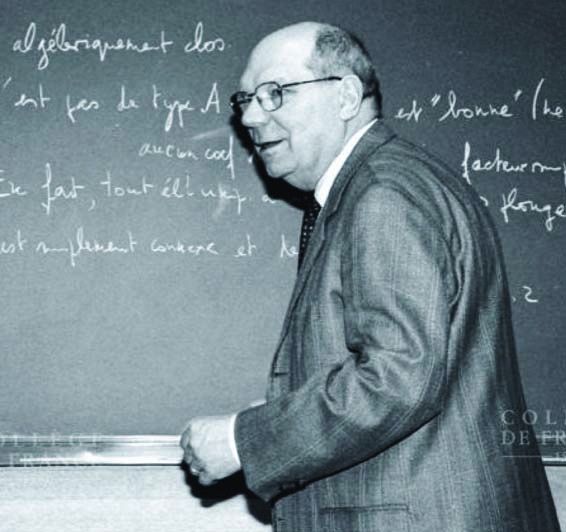Colloque pour honorer la mémoire de Jacques TITS
→
Europe/Paris
11 place Marcelin-Berthelot, 75005 Paris (Collège de France)
11 place Marcelin-Berthelot, 75005 Paris
Collège de France
Description

En l'honneur du mathématicien Jacques Tits, un colloque de quatre demi-journées sur trois jours est organisé au Collège de France du 11 au 13 décembre 2023, organisé par Jean-Pierre Bourguignon, Michel Broué, Philippe Gille et Guy Rousseau.
L'inscription au colloque est gratuite.
Conférenciers invités :
- Michael BATE
- Emmanuel BREUILLARD
- Pierre-Emmanuel CAPRACE
- Jessica FINTZEN
- Anne LONJOU
- Tom DE MEDTS
- Bernhard MÜHLHERR
- Anne QUÉGUINER-MATHIEU
- Anne PARREAU
- Zev ROSENGARTEN
- Jean-Pierre SERRE
- Gernot STROTH
Conseil scientifique :
- Michel BRION
- NGÔ Bão Châu
- Alain VALETTE
- Richard WEISS
Contact : Florence Terrasse-Riou
Inscription
Veuillez remplir ce formulaire pour vous inscrire au colloque.
